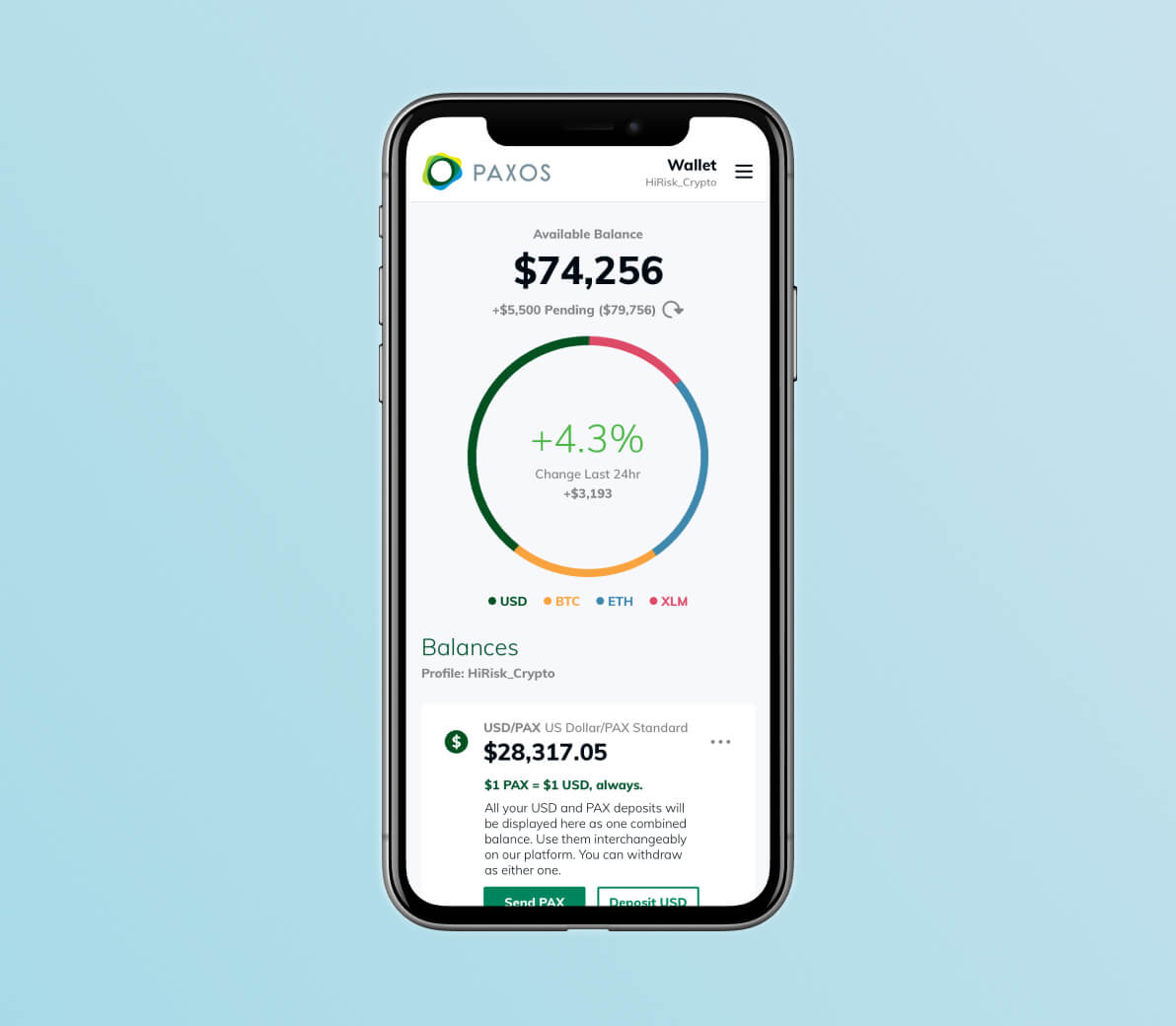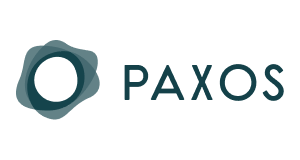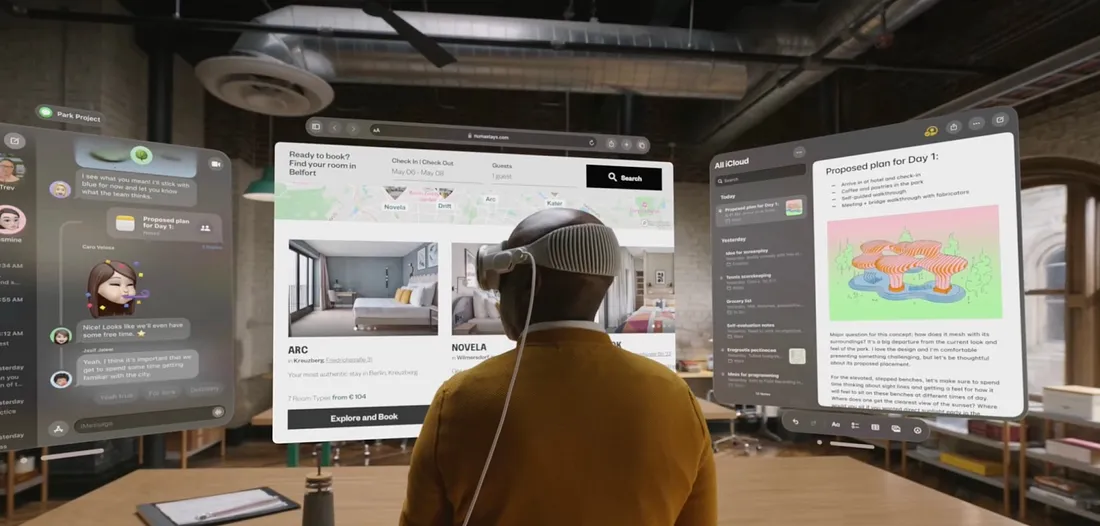

How One of the World’s Leading Regulated Stablecoins Moved Into the Retail Investor Space—and Now Counts 12M+ Active Wallet Users
Paxos
Before the crypto world caught fire, there was Paxos.
Paxos had been in the crypto asset business since 2012 and was the first to secure regulation in New York City in 2015, and from the beginning, its products were successful with institutional customers that were building their own integrations to Paxos’ APIs.
However, retail customers could only access Paxos’ products through third party exchanges, or they had to bring their own wallets—which was often a challenging user experience.
To capitalize on this opportunity and expand their customer base, Paxos wanted to build a B2C trading interface for retail investors. Their vision: a user-friendly retail experience that united new and existing products.
The challenge
HFC was brought in with the key task of consolidating Paxos' existing products and developing new offerings, all under a unified umbrella. This involved revamping Paxos' trading interface, introducing a stablecoin and digital wallet offering, and integrating a tokenized gold offering.
One of the challenges of this was that it required merging an outdated application into a larger brand-new application. On top of that, the new application needed to accommodate both institutional users along with individual consumers, which meant the UI had to be user-friendly and be able to guide users (who may need to understand what a wallet is, how quickly transactions occur, and so on) through the more complex flows of crypto trading and wallet management.
Paxos chose HFC to help them:
- Design a new product to harmonize with Paxos’ existing products, which were comprised of separate systems and built on different technology
- Design a user-friendly interface for retail investor trading that aligned with Paxos’ existing experience
- Update the marketing website to support the launch of these new offerings
HFC’s approach
Paxos already had a deep bench skilled in backend development, but there were quite a few disparate teams that needed to be brought together.
One of the first things HFC did was to overhaul Paxos’ marketing website—an exercise that helped bring disparate teams inside Paxos together. The team also built a design system that could be deployed across a variety of touchpoints.
HFC also recognized that it needed to augment Paxos’ existing team with additional resources for frontend development, UX, and product management. So, HFC deployed two teams to embed themselves within Paxos:
- a small, interdisciplinary product team that collaborated with stakeholders internally to ensure the product was designed effectively and could be executed by the technical team within the allocated time and budget, and
- React developers who joined Paxos’ in-house engineering team to collaborate on the buildout of the new product
Design direction and branding - HFC adopted a design system-heavy approach from the outset, wireframing and gradually refining as the project progressed. This approach facilitated the creation of high-fidelity designs, which created more consistency and engineering efficiencies through the execution stages.
HFC also developed the design direction for the project, leveraging Paxos' existing branding materials and expanding on them to fill in functional UI elements required for the new product. This resulted in a more powerful and well-rounded design system that both streamlined production and ensured a cohesive user experience. Ultimately, this approach helped improve product development and implementation too because the design prioritized a seamless and enjoyable crypto trading experience.
Requirements gathering and collaboration - Even though the crypto industry is relatively new, there’s a high level of complexity and technical knowledge required. Because of this, it was crucial to have a holistic understanding of the requirements and stakeholders involved.
HFC led product workshops with cross-functional stakeholders, and engaged in collaborative sessions with the Paxos team to unpack the challenge, gather requirements, and understand their customers’ needs and preferences. This collaborative approach was essential to establish clear project goals and ensure stakeholder alignment.
Responsive design and user experience - After gaining a deep understanding of professional traders' needs and preferences (for example, where to display crucial data across various breakpoints), the HFC team delivered responsive designs for a robust usability- and accessibility-focused trade experience.
The results: A better user experience for 12M+ active wallet users
As a result of HFC’s and Paxos’ multidisciplinary approach and strong collaboration, the team successfully revamped Paxos' trading interface, consolidated and integrated existing products like tokenized gold, and introduced new offerings such as stablecoin and a digital wallet in a cohesive way.
Each of these products has its own complexities—for example, the digital wallet offering involves a KYC (Know Your Customer) process, which requires collecting information from users through a multi-step flow. This is for verification and integration with third party services for secure financial transactions—banks also use KYC to verify details and documents like drivers’ licenses or passport images.
Not only did the new product offerings and user experience improve customer satisfaction and retention, they also increased Paxos' competitiveness in the digital asset custody market by attracting institutional clients and expanding its market reach.
Just a few of the outcomes of Paxos’ partnership with HFC:
- Successful launch of key new products including the PAX stablecoin and a digital wallet
- $120 billion in stablecoins issued and redeemed in the past 5 years
- Over 12 million active wallet users
Now, Paxos is equipped with a new website that clearly communicates their unique regulated digital asset offerings to both institutional and retail customers, and is set to power the financial markets of the future.
Need help with building or integrating digital products in a unified and cohesive way?
Web
Product Accelerator
User Experience Design
Embedded Teams
Strategy Workshops
Design Systems
Related Work
From Our Blog
The case for Vision Pro’s success — and the need for more thoughtful app design in a world of immersive tech
Last week, Apple announced the Vision Pro — the long-rumored mixed reality headset that had been gestating since the mid-2010s...
Learn More
Let's build something great.
Drop us a line, we're here to help.

